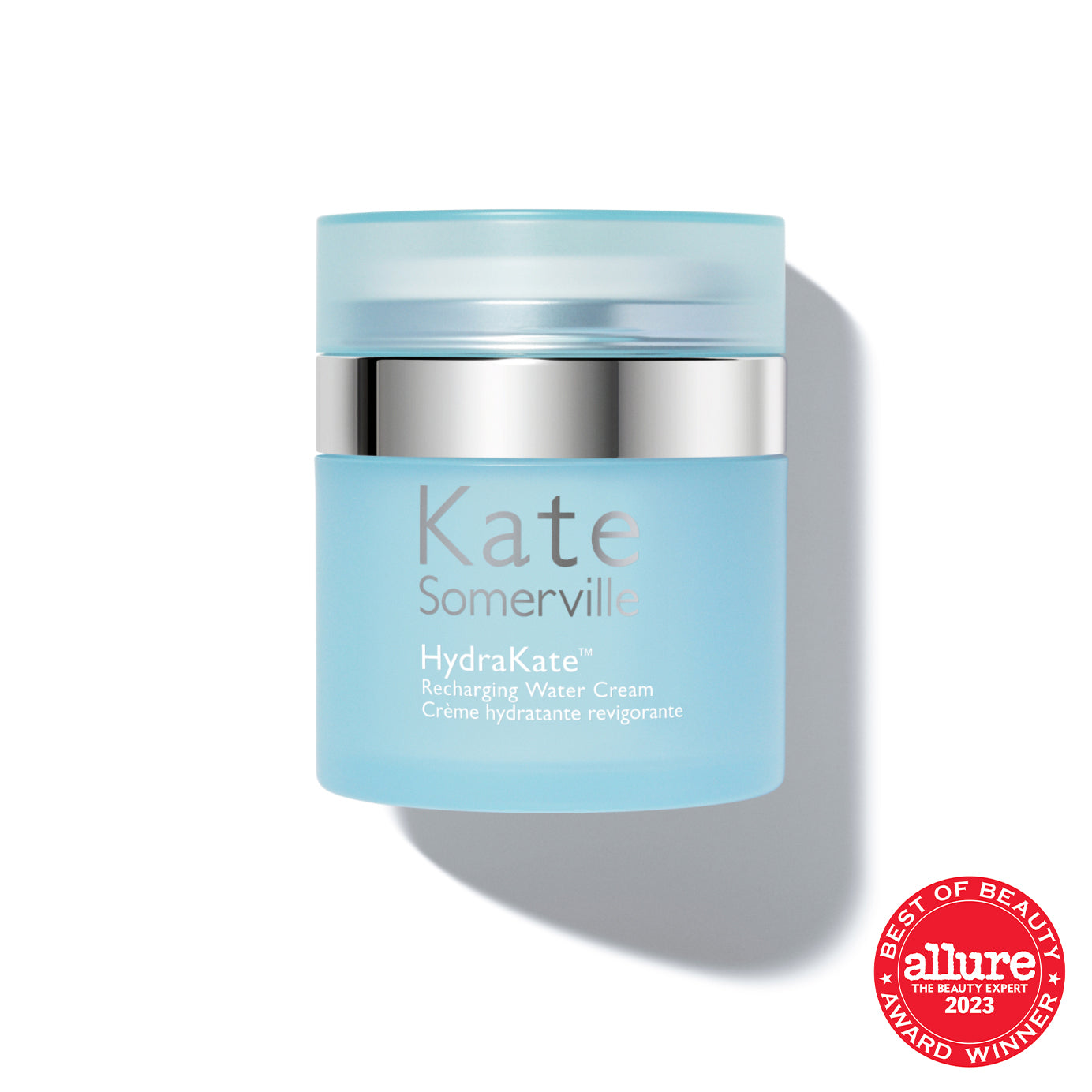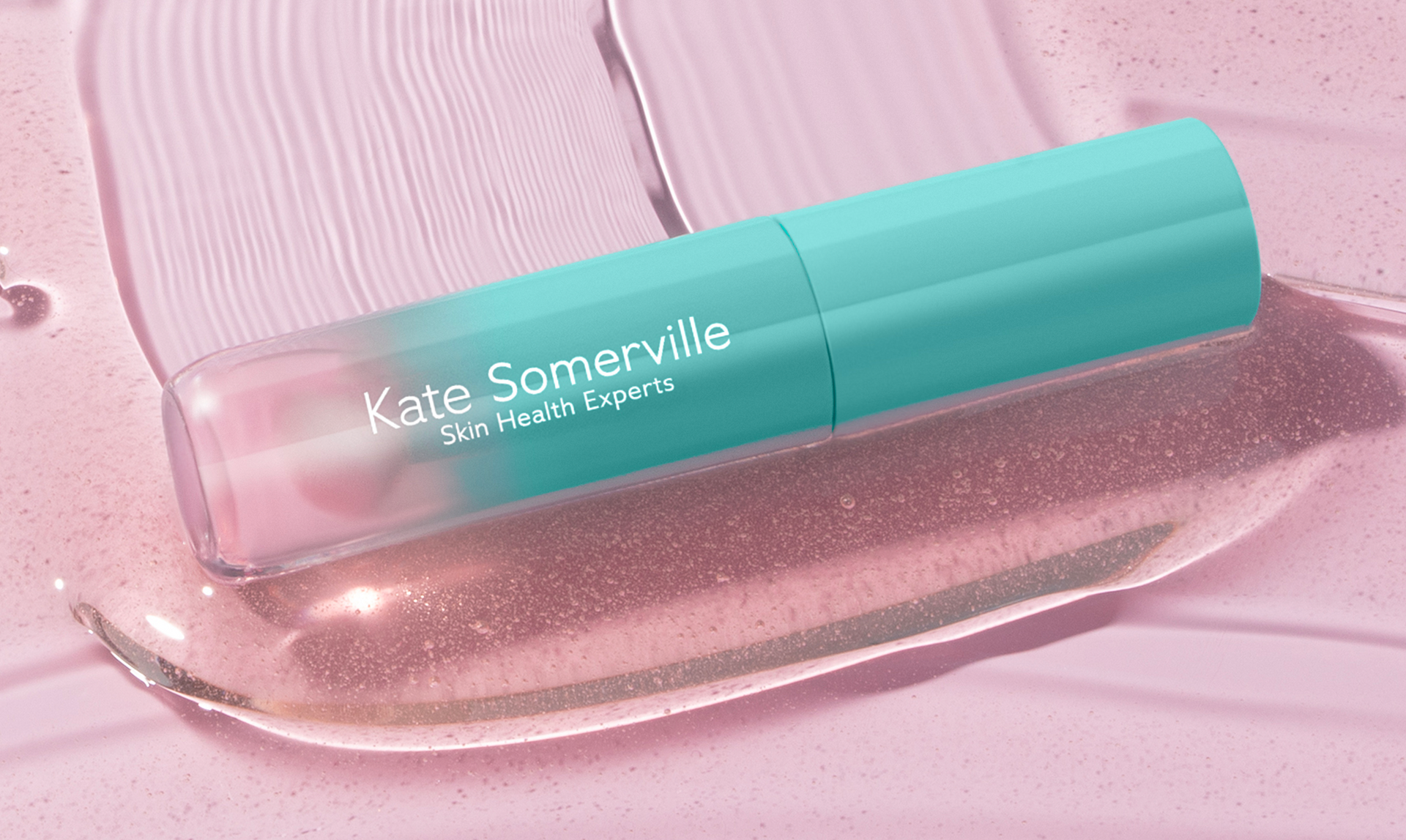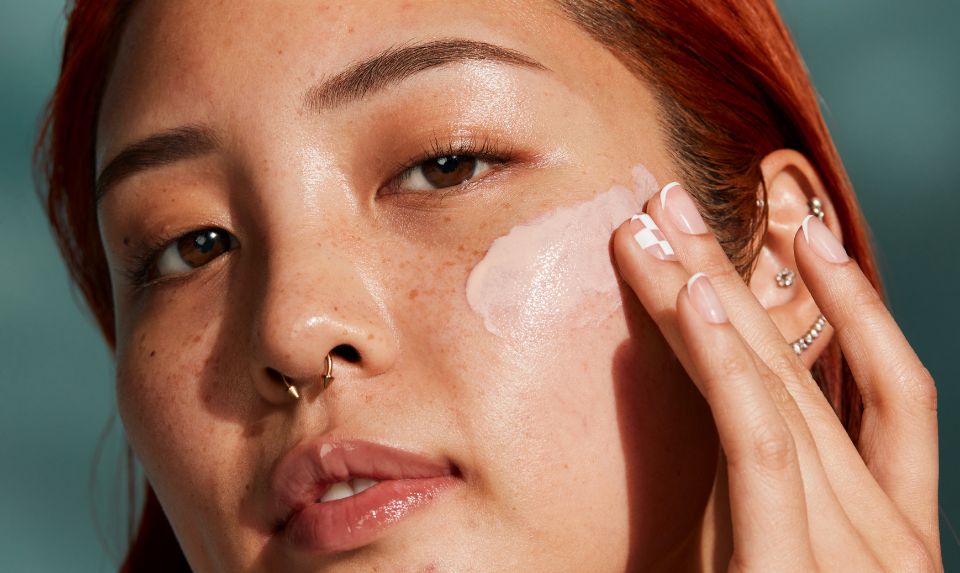As social and environmental consciousness becomes increasingly popular with consumers, many brands have started to label their products with certain buzzwords designed to appeal to such sensibilities. Labels like organic, all-natural, sustainable, and cruelty-free are now donning best selling skincare and cosmetic products all over the marketplace. Unfortunately, the meaning of cruelty-free, or other such terms, have no standardized legal definition which allows brands to use these phrases at their own discretion and without qualification. So despite your best efforts, you may not be purchasing the conscientious product you think you are.
It can be hard to find great cosmetics or premium skincare without the cost of harming animals. Fortunately, there are a number of resources that have begun surfacing as a response to such labeling practices in an effort to identify those brands that are complying with specific guidelines. By utilizing these resources and developing a deeper understanding of the cruelty-free meaning, you can become a more informed consumer with a greater chance of purchasing the products that actually align with your values. To help you combat some of the misinformation, we have put together a comprehensive guide to cruelty-free products, how to identify them, where to find them, and what it actually means to be cruelty-free.
What is Cruelty-Free?
As consumers, we need to be aware that labels such as cruelty-free and not tested on animals are not regulated or defined by any government agencies. As a result, these ambiguities make the labels somewhat meaningless unless you know what to look for. The term cruelty-free currently runs the gamut in meaning and can imply a variety of scenarios including:
- A final product nor its ingredients have ever been tested on animals
- Individual ingredients have been tested on animals, but the final product has not
- The brand did not conduct testing on animals but a supplier of their ingredients may have used animal testing
- The brand used an ingredient that had previously been tested on animals
- Any animal testing of the product was done in a foreign country where laws protecting animals might be weaker
- Individual ingredients nor the final product has been tested on animals in the past 5, 10, or 20 years; though they may have been in the past and could be again in the future
- Neither individual ingredients nor the final product has been tested on animals after a specific certification date and will not be tested on animals in the future
Obviously, the definition of cruelty-free is not clear which is why certain organizations or programs have begun to appear in an effort to provide guidance for consumers and more alternatives to animal testing are continuously being researched.
Cruelty-Free Testing Alternatives
Many of our clients come to us wondering how the safety of a product can be guaranteed if it is not tested on animals. In truth, animal testing is a relatively antiquated method that is far less accurate in predicting the effects of a product or ingredient on humans than other modern techniques currently available. Rather there are a number of reliable alternatives to animal testing, including cell and tissue cultures as well as developing sophisticated computer and mathematical models [1].
Specifically, a class of methodologies known as in vitro testing takes place without harming research subjects. This is done by exposing the cells to the ingredients outside of their bodies. One such device is a recent development out of Harvard’s Wyss Institute known as Human Organs-on-Chips [2]. These chips mimic the structure and function of human organs allowing scientists to conduct drug, ingredient, and toxicity testing in a more controlled manner. In fact, such testing often produces results that are more reliable than those produced through animal testing. Other in vitro methods include using 3-dimensional models and live cell samples from human tissue or blood.
Better still, is the option to conduct testing with human volunteers that have the ability to consent to any potential risks or discomfort. Testing methods such as micro-dosing can provide critical information about how the body reacts to certain elements without exposing volunteers to unnecessary risk. Using sophisticated imaging technology, the body’s response is monitored after volunteers are given an extremely small one-time dose of the compound being tested. Armed with this information, researchers can determine if the drug or ingredient in question is relatively safe for larger human trials.
Outside of performing their own testing, many cruelty-free companies choose to formulate their products utilizing ingredients that have already been determined as safe. Whether or not this prior testing was done cruelty-free leaves something up for debate. Some companies may also choose to use a combination of any of these methods to ensure the safety of their products.
How to Find Cruelty-Free Products
One of the most notable programs is the Coalition for Consumer Information on Cosmetics’ (CCIC) Leaping Bunny Program [3] which maintains a single, comprehensive standard for cruelty-free labeling of products. Their goal is to make it easier for consumers to locate products manufactured without the use of animal testing. The program requires any brand using the Leaping Bunny logo on their packaging to sign an agreement which states that they will not and have not tested their products on any animal during any stage of their product development. Plus, the company’s ingredient suppliers must also confirm the same which ensures that the product in its entirety is free from any animal testing. But the CCIC goes beyond a simple agreement and conducts on-site audits of manufacturing facilities as well to verify each corporation's claims of zero animal testing.
Similarly, PETA’s Beauty Without Bunnies database can help consumer research the validity of cruelty-free claims used by specific products and companies. Allowing users to search by product name, brand, or even type of product. Beauty Without Bunnies has over 3,800 cruelty-free companies in their database as well as thousands of companies that are not cruelty-free, so you can easily spot the difference. But they are not just limited to skincare or cosmetics products, the brands listed include those that produce cleaning and other household products. To be added to the list, a brand’s representative must reach out to PETA and sign a statement of assurance verifying that their company does not conduct, commission, or pay for any testing on animals for any part of development including ingredients, formulations, or finished products and that they pledge not to do so in the future. Only after this qualifying process will PETA add a company to their list and be allowed to use PETA’s cruelty-free logo on their packaging.
The Benefits of Cruelty-Free Skincare
First and foremost, when you switch to cruelty-free skincare products you are most likely getting a cleaner formula free from potentially harmful chemicals such as parabens, sulfates, and synthetic dyes. These toxic ingredients can be irritating to the skin and result in breakouts, allergic reactions, and inflammation which is probably what you are trying to address with your skincare products in the first place. So generally speaking, if you choose to save animals from a potentially harmful fate, you will do the same for your skin.
Furthermore, choosing to use only cruelty-free skincare products can be an exercise in mindfulness. With fewer choices available to you and more stipulations on what is acceptable, you will become more thoughtful in your choices. Ultimately, selecting only the best products which meet your needs.
Make an Impact & Take Action
The benefits of cruelty-free skincare products go beyond the surface of your skin to make an ethical impact far greater than on yourself. Sadly, investigations show that cosmetic testing is often conducted on animals other than the “lab rats” most of us imagine with some facilities performing tests on rabbits, cats, and dogs. These tests subject the animals to harmful chemicals while confining them to small cages. The unfortunate result of such conditions is that these animals become maimed, blind, and death is not uncommon.
Whether or not this testing takes place within the borders of the United States, the choices you make sends a message to manufacturers. As a member of a consumer-driven society, every purchase you make can advocate for change and demand regulatory interference. With every ethical purchase, you cast your vote.
Kate Somerville is Cruelty-Free
At Kate Somerville, we have always taken our commitment to the safety of our customers seriously. A critical part of this promise is our adherence to socially conscious practices that would make each and every one of our customers proud. That is why we have undergone PETA’s cruelty-free certification process to be listed and labeled as such on their resources.All of our products from acne treatments to anti-aging creams have been verified against Beauty Without Bunnies' rigorous standards so you can be rest assured that you are buying products that have never been tested on animals during any stage of their development.
Sources:
- https://www.peta.org/issues/animals-used-for-experimentation/alternatives-animal-testing/
- https://wyss.harvard.edu/technology/human-organs-on-chips/
- https://www.leapingbunny.org/about/the-standard











